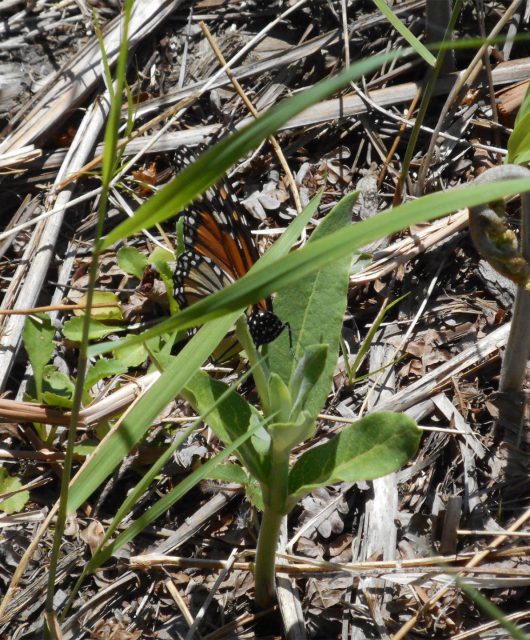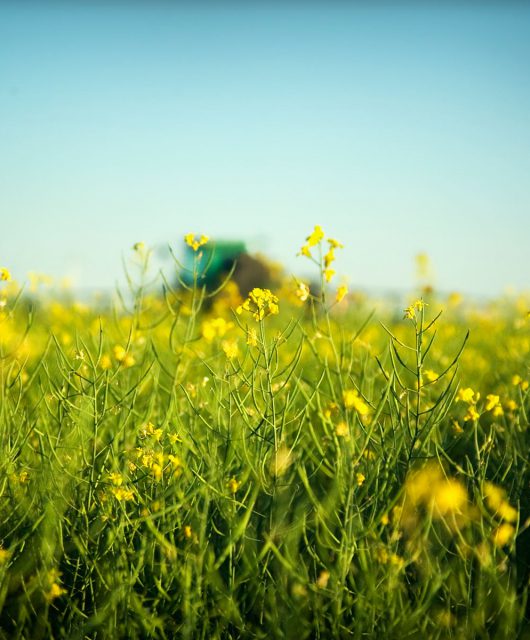[The white dots on the wings and ears are growing colonies of Pseudogymnoascus destructans – PHOTO CREDIT: KAREN VANDERWOLF]
Do scientists and wildlife specialists know the origins and main causes of WNS? What preventative measures can the average person take to help the bats recover? My daughter has never even had a chance to see a bat, and she is six years old.
Thank you for sharing,
Dawn in New Brunswick
Origins and causes of WNS
The fungus that causes white-nose syndrome (WNS), Pseudogymnoascus destructans, is thought to be an invasive species from Europe introduced into North America inadvertently by humans. WNS was first observed in a show cave in New York in 2006. The fungus is widespread in European caves but, for unknown reasons, it does not cause significant mortality in European bats. In North America, the fungus grows on the exposed skin surfaces of bats while they are hibernating. The fungus penetrates into the epidermis and replaces muscle tissues and blood vessels. This causes major damage to the bat’s wings and it is thought that bats die from a combination of dehydration, electrolyte depletion, and starvation. Dehydration because bats infected with WNS lose water from their damaged wings, and starvation because the bats wake up from hibernation more often, burning off their fat reserves.
What you can do
One of the most important things you can do to help bats is educate yourself and others. Bats have several negative associations and sometimes people get rid of bats just for those reasons.
Bats need three things: food, clean water and a safe roosting spot. By offering any of these things in your backyard, you are creating bat habitat. You can offer a roosting spot by installing a bat house. You can also diversify your garden with plants that attract moths, an important food resource for bats. If your bat house is successful in attracting bats, researchers may be interested in how many individuals use the box. If you have a colony of bats in your house, be sure not to disturb them and never handle a bat with your bare hands. You can also check out CWF’s tips on how to build a bat house.
You can also report any bat that you see in the winter. Bats flying during the day in winter is a sign that WNS is probably in your area. Researchers are interested in learning where bats roost during the winter so that these sites can be properly protected and studied. Caves and mines suitable for bats to hibernate in are not common in Canada. Be sure not to disturb bats in winter by entering caves or mines. Caving activities by humans may also spread the fungus that causes white-nose syndrome, further endangering bats.
For more information about how to report bats in your area, click the links below:
British Columbia
British Columbia
Alberta
Manitoba
Ontario
Quebec call 1 877 346-6763
Nova Scotia
New Brunswick
Prince Edward Island
Northwest Territories
Yukon
Newfoundland




